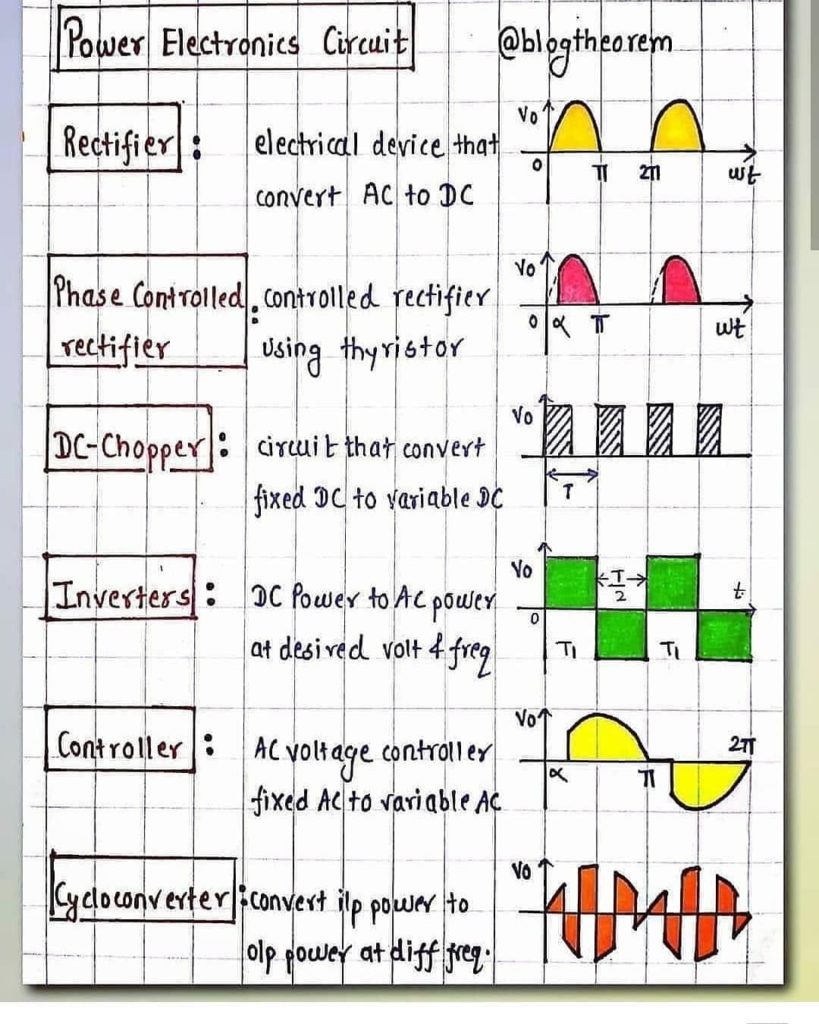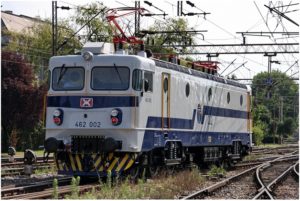ELECTRIFICATION OF TRANSPORT is quite obviously the future, the foreseeable and not the science fiction one. In this respect, I assume that massive re-electrification processes must start with special regard to city to city rail transits, as in Macedonia we have roughly 900 kilometers of rails, out of which 320 are electrified in the north-south line, so we would need to put an effort to electrify as mush as possible, but also build another 900 kilometers with electrified overhead lines, such as the east-west Bulgaria to Albania one. I project that we can double the capacity of the rails in kilometers, basically to interconnect all cities, but also spread rail links with all our neighboring countries, which at this moment is lacking.
Re-electrification of urban and suburban areas with the new infrastructure, not only for transport, but for home use.
For the capital city of Skopje, 4 fundamental projects for electrification are important. As I work in the field for years and I wrote a research paper as research engineer, I can reflect on this.
First, we need to invest in 5 tramway lines and a circular line (5 + 1) around the center that would link all 5 lines as building in the center is not a good idea, but the circular like in Madrid for example will link them where as smart transfers will be available.
LRT system for urban areas, LIGHT rail transit.
METRO embedded lines, up and down the corridors of the LRT on the ‘spine’ of boulevards and heavy traffic knots in Skopje, build a pre-built LEGO blocks and join them, dig up to 10 meters deep and wide up to 15 meters, first in the Partizanka boulevard, in the Southern boulevard, than Jane Sandanski boulevard.
Second, for Skopje, would be to connect the Central Transport Center, built from the designs of Kenzo Tange, the japanese arhitect after the earthquake in 1963, which sits in the center of the city with the airport, and do the southern rail line possible, from the village of Zelenikovo to Gjorce Petrov, where as a whole rail circle around Skopje would than be completed, because now, we have a rail system as a semi circle around Skopje.
HRT system for suburban areas, HEAVY rail transit.
Third: Fast rails for interconnection with other countries, rails systems of up to 250 kilometres. at least 5 trafo-stations on 110 [kV] on each 50 kilometers of the line, thus connect the capitals of all neighbouring countries with Macedonia. Gostivar-Tetovo-Kumanovo via Skopje.
Goal: Connect all cities in Macedonia with rail systems.
Fourth: Where possible use the asphalt and the running streets to build trolley systems and electric bus systems in the smaller cities, but also in the capital.
Use the space of the boulevards and streets for physical distancing to redirect it for bicycle use like all European capitals do, Milan, Paris, Berlin, Brusseles.
Conclusion: build the tramway lines in the urban parts and at the same time do interconnection with the massive railway transit system from the suburban regions, thus mesh the suburban areas with the urban areas. But why not think about such systems with trolley or electric buses for other cities like Bitola, Tetovo, Stip, Kumanovo, Kavadarci, Ohrid, Prilep, Strumica as well, as they would integrate wonderfully in the re-electrification of transport, where rail will be dominant and will account for 70 percent of transport. Thus, the estimation would be have a total of 2000 kilometers of rail transit systems of which at least half electrified, plus the light rail transit – LRT tramway, somewhere even fast rails for interconnection with other countries and trolley and electric bus systems for smaller cities.
What about the costs and the time dynamics for build up? Yes, it will cost, but we are talking about at least 50 to 75 years of exploitation.
link to short lecture << facebook page
Gradually, this can be built in 10 years if we concentrate our resources there, if we engage the socioeconomic and anthropological factors, the politics, the regional frame, the tech mind masters.
author: kiril minanov




